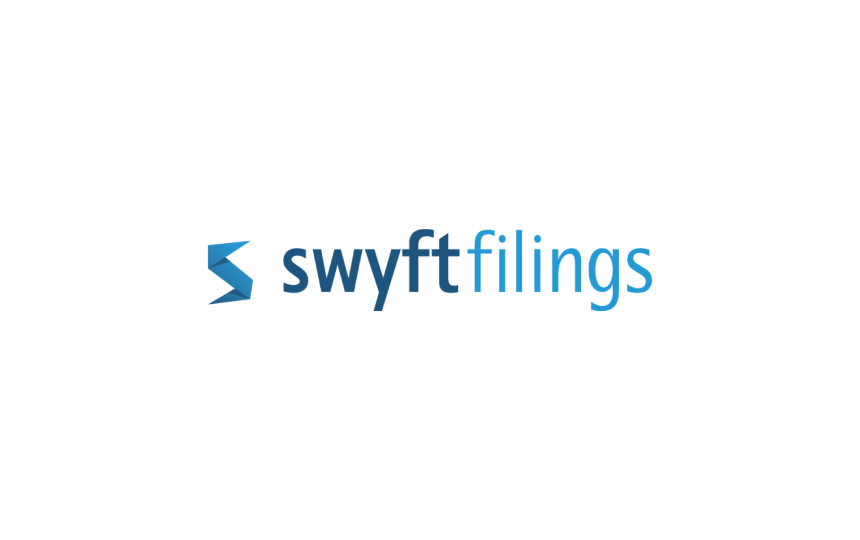How Small Business Owners Can Combat Rising Inflation


Swyft Filings is committed to providing accurate, reliable information to help you make informed decisions for your business. That's why our content is written and edited by professional editors, writers, and subject matter experts. Learn more about how Swyft Filings works, our editorial team and standards, what our customers think of us, and more on our trust page.
Swyft Filings is committed to providing accurate, reliable information to help you make informed decisions for your business. That's why our content is written and edited by professional editors, writers, and subject matter experts. Learn more about how Swyft Filings works, our editorial team and standards, what our customers think of us, and more on our trust page.

It’s no secret that inflation is at an all-time high. In fact, according to the US Bureau of Labor Statistics’ latest Consumer Price Index, consumers have seen whopping 8.5% price increases for all items over the last 12 months. The food index alone increased 10.9% — the highest increase in over four decades.
So, what’s causing this massive spike in prices? We’ll spare you the intricate economics lesson. The short answer is that this is the result of increases in consumer demand alongside decreases in supply.
After the lockdowns and stay-at-home orders that characterized the ongoing COVID-19 pandemic, more people were ready to get out and spend their money. But many stores couldn’t keep up with consumer demand due to the ongoing global labor and supply chain shortages. This combination leads to higher and higher prices for raw materials and more.
When you add in this year’s war in Ukraine and rising energy prices, it’s a perfect storm for high inflation levels.
With food and gas prices along with overall cost of living continuing to rise, American consumers fear there is no end in sight. And small business owners, who often feel the brunt of economic hardship, are in a precarious position.
If the current economic state is adding more stress to your already busy business affairs, we’re here to help. We’re breaking down exactly why small businesses are getting hit with extra higher costs, what areas are hurting the most, and small changes you can start making today to hopefully mitigate these challenges.
Inflation & Small Businesses
Small businesses have felt the impact of inflation since the start of the COVID-19 pandemic in 2020. As we all know, businesses and consumers found it harder to get their hands on necessary goods with the pandemic growing in severity alongside global supply chain shortages.
With inflation rising and continuing to spike this year, it seems like entrepreneurs can’t catch a break. In fact, 2021’s inflation rates more than doubled compared to 2020, and 2022 is predicted to do the same, if not more. But what does this actually look like for small businesses?
High Supply Costs
Since the start of the pandemic, 92% of small business owners surveyed by Business.org reported that the cost of business supplies or services has increased due to global shortages and supply chain issues. Most small businesses were hit with a 20% or more increase in costs for supplies needed to run their business.
High Product Prices
As business becomes more costly for the owner, many are forced to raise their prices. In the same Business.org survey, 89% of small business owners reported that they increased prices for their goods and services. This ranged anywhere from no more than 15% to over 20%, depending on the owner’s unique situation.
Tight Profit Margins
Raising prices is a common strategy to mitigate high supply costs, but it can often lead to dangerous pitfalls such as tighter profit margins.
Increasing your prices might help keep your cash flow and profitability stable during inflation, but it’s only a temporary band-aid. You need customers to keep making purchases at the same rate. When customers notice rising prices, they’re less willing to buy the goods or services, leading to less profit over time.
Inventory Disruptions

Outside of monetary changes, small business owners are struggling just to get their hands on their products. While the supply chain crisis is causing some products to become more expensive, others are simply no longer available.
About a third of small business owners have had to change or drop some products entirely from their inventory. In addition, 45% of owners surveyed by the US Census reported domestic supplier delays, and 19% have experienced international delays, leading to further disruptions in inventory management.
Hiring Challenges
Small business owners across the nation are also experiencing hiring woes. While some big corporations are enacting company-wide layoffs, many small businesses are struggling to hire talent.
According to the NFIB’s monthly job report, 49% of small business owners reported they could not fill open positions, despite 48% reporting raising compensation. 9% of owners even cited labor costs as their top business problem.
What You Can Do
The current economic state might make you feel like you’re swimming against the current, but there are some solutions to help ease these additional stressors. Since the beginning of the pandemic, 85% of small business owners have reported a stronger sense of support from consumers choosing to shop locally.
Communities still need small businesses like yours. Here’s what you can do to stay afloat:
Reduce Overhead Expenses
If you’re feeling the effects of a tighter profit margin, it might be time to focus on saving money. The easiest way to do this is to cut back on extra business expenses.
Look over your business’s finances and see where you can remove non-essential purchases or supplies. You can also remove any underselling products from your storefront to help you lower production costs.
If you’re spending a lot of money on marketing efforts, try to cut costs and focus on free marketing techniques, such as organic social media growth. You can also reach out to suppliers, renters, and other authorities to renegotiate for lower prices. Any money-saving actions will ultimately help put more dollars toward your bottom line.
Pivot for Growth Opportunities
In Business.org’s survey, 75% of small business owners said they’re counting on higher sales in Q4 of 2022 to make up for earlier losses. If you’re in the same boat, you might be looking for new ways to generate some extra revenue with new customers.
While it’s important to look for new ways to save, you might also be able to generate extra profit by investing in growth opportunities. For example, purchasing collaboration tools can help you streamline processes, stay productive, find areas to reduce overhead costs, and stay ahead of inflation.
You’ve built your business from the ground up, so you have the best judgment on what your business needs to succeed. Whether you change suppliers, consider an alternate product offering, or revisit your pricing strategy, staying open to growth and expansion opportunities is essential instead of solely focusing on hunkering down and boosting your savings account.
Consider a Small Business Loan
Sometimes, you still need some financial help to invest in your business. If that’s the case, it might be time to consider applying for a small business loan or business credit card.
Disclaimer, it’s critical to note that the Federal Reserve’s response to rising inflation is higher interest rates. So far, the Fed has bumped the benchmark interest rate four times this year, and with inflation continuing to rise, it may continue to hike rates over time.
If you need either of these options, it might be best to apply sooner rather than later in case another percent increase is around the corner.
Be Transparent
If you have to raise your prices, cut inventory, or adjust working hours due to staffing issues, it’s crucial to be open and honest with your customers. If they know you’re going through the challenges listed above, there’s a good chance they’ll be willing to continue supporting you.
Small businesses like yours are part of the community. Whether you realize it or not, your business is part of what makes the area you’re in what it is. Many customers want small businesses in their community to succeed. But they’re also feeling the effects of inflation with every purchase they make. It might sound too easy, but the best thing you can do is explain what you’re facing and let each customer know the major impact their purchase has on your business’ success.
Stay Strong
Inflation is a normal part of the economic cycle, but there’s no question that the current levels are difficult to manage for consumers and businesses alike. If you’re struggling with the rising prices, keep these tips in mind. Hopefully, they can help ease some of your daily business challenges.
If you’re looking for more financial advice, here are some of our other helpful articles made for small business owners like you:
Swyft Blog
Everything you need to know about starting your business.
Each and every one of our customers is assigned a personal Business Specialist. You have their direct phone number and email. Have questions? Just call your personal Business Specialist. No need to wait in a pool of phone calls.









